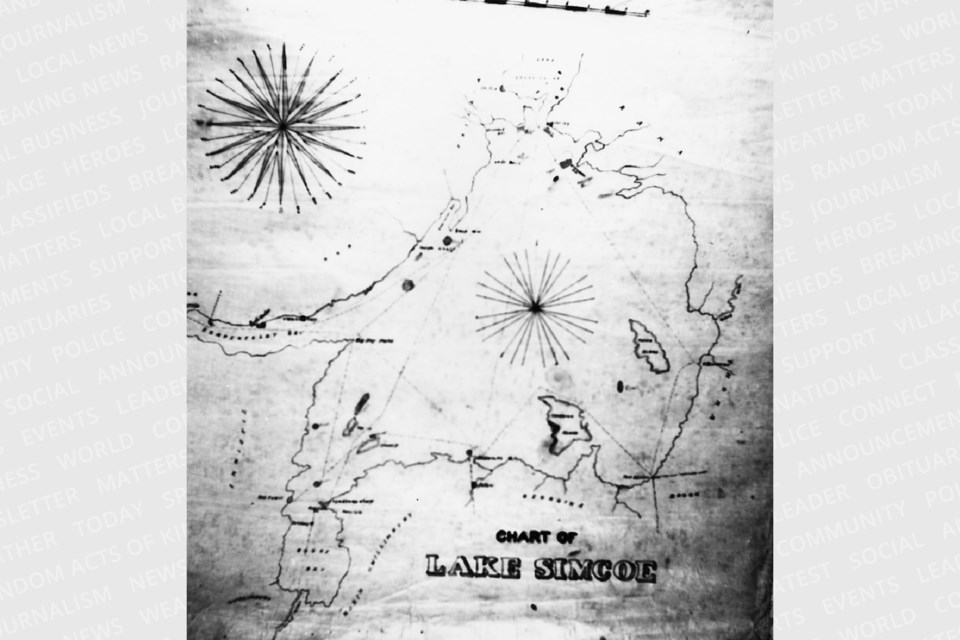Before the coming of rail and road networks, water provided the quickest and most efficient means of transportation in Ontario.
In that era, Lake Simcoe was a highway of sorts, a means of transporting people and goods.
Originally, the boats plying its waters were canoes, bateaux (large, flat-bottomed rowboats measuring nearly 50 feet in length) and schooners. Eventually, a fleet of steamships replaced these earlier modes of travel.
Among them was the Peter Robinson.
The man for whom the ship was named was one of the most wealthy and influential men in Newmarket. During the War of 1812, he became quite wealthy when he was extended the lucrative contract to move military stores through the Nine Mile Portage at Barrie to military bases on Lake Huron.
Robinson was also active in the fur trade, owned several businesses in Newmarket and Holland Landing, was, at various times, the surveyor general of lands and forests, commissioner of Crown lands and member of the legislature. An important man, indeed.
The first steamer on Lake Simcoe was the less-than-successful Sir John Colborne, a slow vessel with an annoying habit of getting stuck in the mud of Cook’s Bay. The conglomerate of investors who owned her desperately wanted a better ship.
Thus was born the Peter Robinson, named for the principal shareholder in the enterprise. This new vessel was a sidewheeler like its predecessor but was faster and had a shallower draft. Its powerful new engine came from Buffalo and was dragged overland from York (Toronto) by horse-drawn sleigh.
The launching of the Peter Robinson in 1833 proved an embarrassment, however, since the water in the Holland River at the point where the ship was built was too shallow to accommodate her draught. The ship had to be hauled by horses about a kilometre to deeper water.
Nevertheless, the Peter Robinson proved to be a marked improvement over its predecessor. She made regular trips around Lake Simcoe, carrying freight and passengers to and from Holland Landing, Belle Ewart, Barrie, Shanty Bay, Orillia, Beaverton, and Jackson’s Point. The two-day trip was more than three times faster than those made by the Sir John Colborne.
In 1838, William Laughton, another fur trader, purchased the ship. Overhauled and significantly rebuilt, it was renamed Simcoe.
The Simcoe continued to ply the lake for another six years until it was converted to a schooner due to the unreliability of the aging steam engine.
A few years later, she ran aground in the Narrows separating Lake Simcoe and Lake Couchiching. No one could be bothered to free her, and so she slowly rotted.
